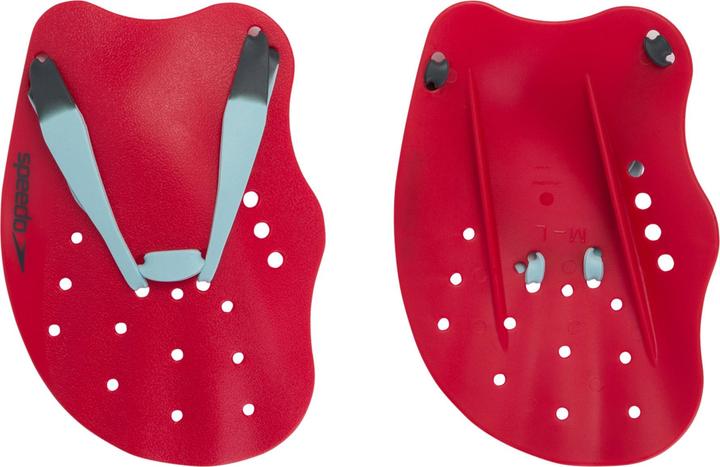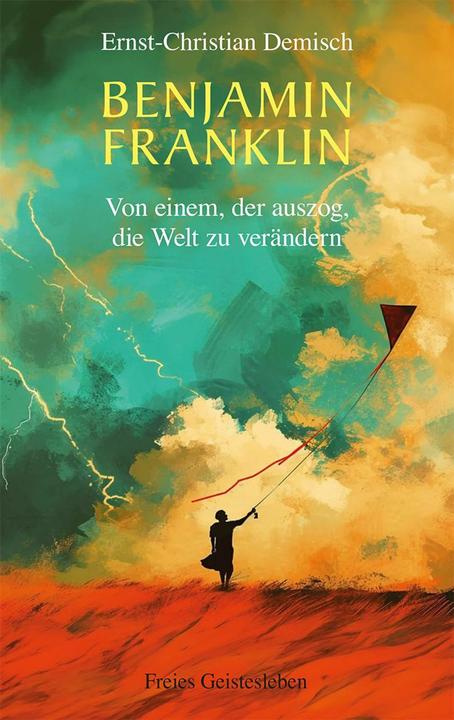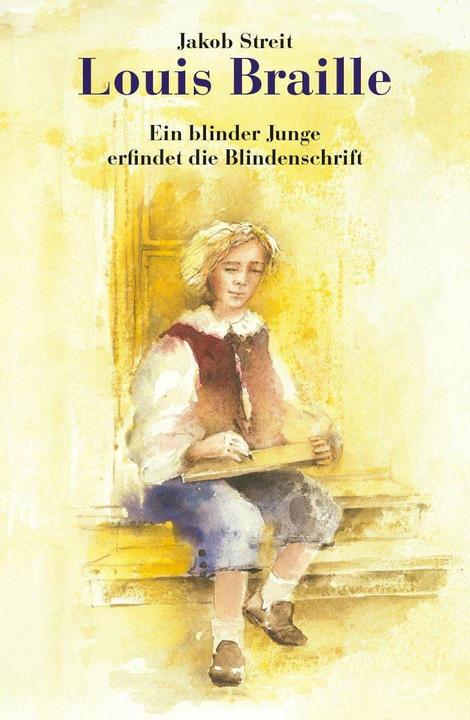

7 successful products invented by children
There’s not always an army of product developers behind a good idea. Sometimes it’s the untapped creativity of children and teenagers that brings inventions like these to life.
It’s easy to get annoyed about products or issues you encounter every day. But it’s difficult to come up with a solution yourself. It takes a good idea, inventiveness and sometimes a bit of luck. When everything comes together, inventions that children conjured up in their bedrooms can conquer the world, just like the following examples.
1. A five-year-old’s toy truck
What were you doing when you were five? Playing with toy cars? Then maybe you had a model that dates back to the youngest patent holder in US history. Robert Patch was still of pre-school age when he wasn’t content just playing with his toy cars, so he invented a truck. Robert used shoe boxes, bottle caps and nails to make a convertible truck with axles that can be configured differently – and thus the prototype of today’s popular toy was born.

As his father, a patent attorney, saw potential in the idea, Patch Junior marked the document with an X on 4 June 1963. At the tender age of six, he was too young to be able to sign. From a financial point of view, his invention was a flop, as he got next to nothing out of it. While the design was a success, others earned money from it, because his father didn’t want to market the idea. Robert’s only reward was a pair of trainers sent to him by the shoe manufacturer whose boxes he’d used for his model.
2. T-Pak, the practical hip bag
For Kelly Reinhart, who also came up with a product at the age of six, the invention process went a lot better – and not just from a financial point of view. Although inspired by the gun holsters from Western films, her creation went in a more peaceful direction. What were kids always playing with? Video games. So they needed a bag that would let them have their most important things to hand. And that’s where the T-Pak came in. The family patented the design in 1998. At trade fairs, Kelly was told: «No one’ll buy that.» But they found investors and soon people across the US were using bags like these.
Her father went on to work full-time for his daughter. She met with influential people such as Pentagon officials and President Bush before the company was sold in 2001. By the age of nine, Kelly could already look back on a remarkable career. Even more remarkable was the fact that she then founded a non-profit organisation to help other children make their dreams come true. Her definition of success at the age of 12 was: «I don’t think it’s how much money you make. I think it’s how much you’ve accomplished in life.»
3. A cold Californian night and the first ice lolly

Source: Shutterstock
Legend has it that chance was on 11-year-old Frank Epperson’s side when he came up with the «invention» that was to define his life. One cold night in 1905, he apparently forgot he’d left his drink outside with a stirrer in it. The next day, he ate his first ice lolly. Or at least, that’s when he discovered it for the first time. Frank didn’t revisit the idea until 15 years later.
In 1924, he was granted a patent for his method – only to then enter into a legal dispute (site in German) with the confectioner Harry B. Burt, who had also discovered the stick as a stylistic device for his dairy ice cream.

Source: PD
In the meantime, Frank’s Popsicle and Burt’s Good Humor Bar have long since merged into one company. This in turn was devoured by the ravenous giant Unilever. Yummy.
4. Torch delivers light via body heat
The story of Canadian Ann Makosinski is more heart-warming than the ice cream dispute. Even as a small child, she played and experimented with transistors. By about 12 or 13, she invented a radio that could be operated with a candle. And when she heard about a friend from the Philippines who was no longer able to study at night due to a lack of light, Ann developed a thermoelectric torch at the age of 15. Her Hollow Flashlight emits light from the heat generated by the user’s hand. This won her first prize at the Google Science Fair.
Her creative energy was and is still far from exhausted. Her next invention was the eDrink coffee cup, whose waste heat can be used to charge things like a smartphone. «I like the idea of making the world a better place with the help of technology,» she’s quoted as saying in the inspiring children’s book Good Night Stories for Rebel Girls, which also tells her story.
5. Benjamin Franklin’s flippers
A certain Benjamin Franklin also made history. Today, of course, his name is rightly associated with the founding of the United States. But Franklin was also a lifelong inventor who had already attracted attention many years earlier. In 1717, as a 12-year-old boy, he developed an early form of flippers. His wooden paddles for the hands were similar in form and function to today’s plastic models.
«I remember I swam faster by means of these pallets, but they fatigued my wrists,» Franklin later wrote. And he considered foot propulsion: «I also fitted to the soles of my feet a kind of sandals, but I was not satisfied with them, because I observed that the stroke is partly given by the inside of the feet and the ankles, and not entirely with the soles of the feet.»
He was posthumously inducted into the Swimmers’ Hall of Fame in 1968 for his ingenuity and dedication to the sport of swimming. In the course of his life, the incredibly bright Franklin also invented the glass harmonica, the flexible urinary catheter, bifocals and the lightning rod with his kite experiment (site in German). Not a bad record.
6. Braille and his linguistic intuition
This invention opened up a whole world for Louis Braille himself as well as others. The braille system named after him is still an integral part of everyday life for those who are blind or have significantly impaired vision. Born in France in 1809, Louis was affected severely and at an early age. When he was three, he injured his eye with an awl from his dad’s workshop. This injury made him blind when he was five, and that’s when he began to look for ways to help himself.
He developed his writing system at the age of 11 after learning a military version of dots and syllables and simplifying it. However, it was decades before the idea finally caught on. It wasn’t until 1850, two years before Braille’s death, that his writing system was officially introduced in French schools for the blind.
7. George and his trampoline
The trampoline is the brainchild of George Nissen. Born in 1914, George was inspired by the elastic safety net he saw during a circus act when he was 11. Five years later, he began to build an everyday version of it in his parents’ garage. He found the first steel parts for the frame in a scrap yard and his idea proved invaluable. After college, he concentrated on marketing the «bouncing machine», which he performed on with two of his friends in Texas and Mexico. That’s also where George learnt the Spanish word for springboard: trampolín.
He went on to have «trampoline» trademarked and turned the act into a sport. He’s still remembered today as the inventor and pioneer of this device. Incidentally, the oldest international trampoline competition is held every two years in Switzerland and is called – of course – the Nissen Cup (site in German).
What’s the next invention that’s going to take us by storm? The next generation of innovative children is already waiting in the wings:
Simple writer and dad of two who likes to be on the move, wading through everyday family life. Juggling several balls, I'll occasionally drop one. It could be a ball, or a remark. Or both.







